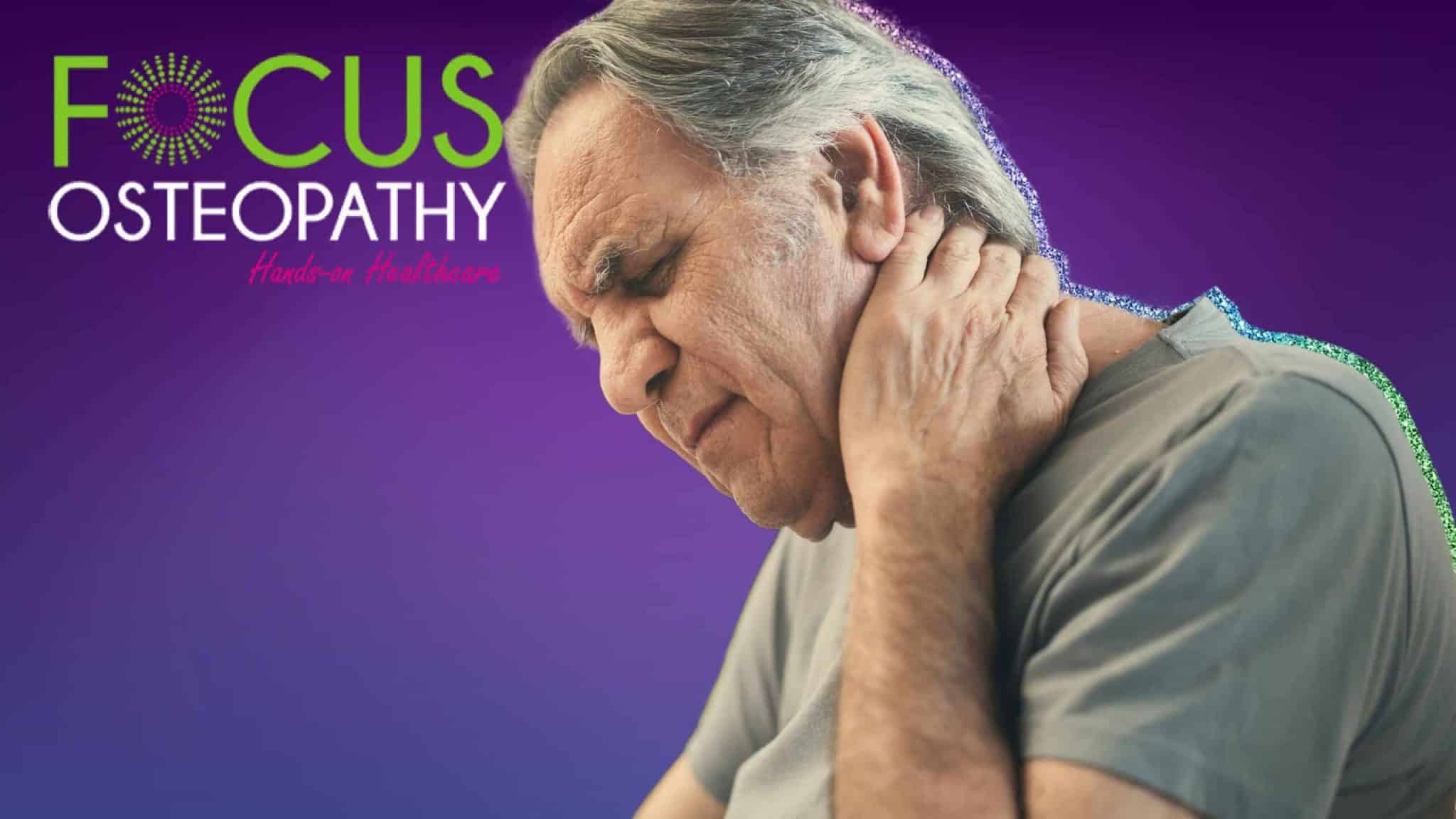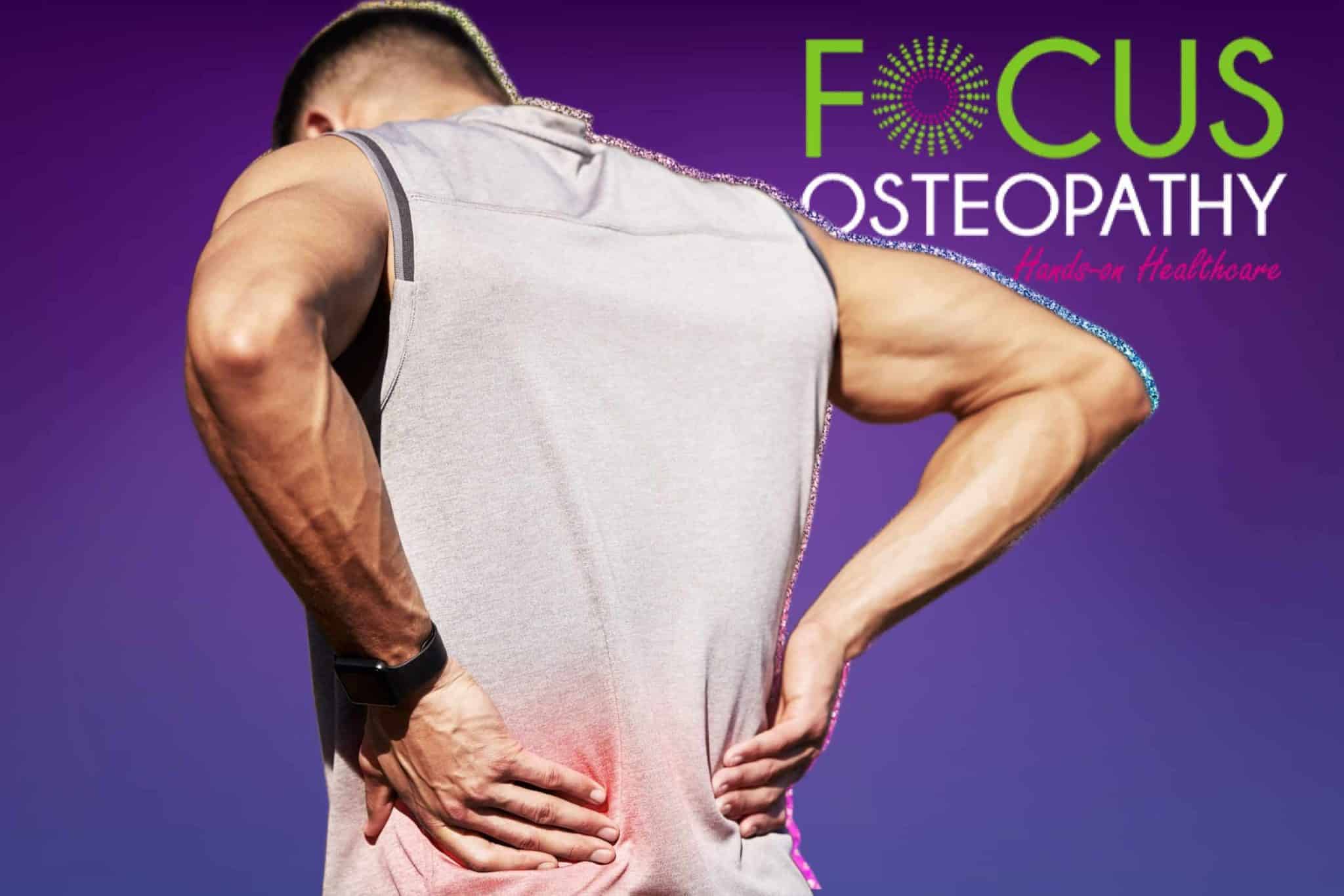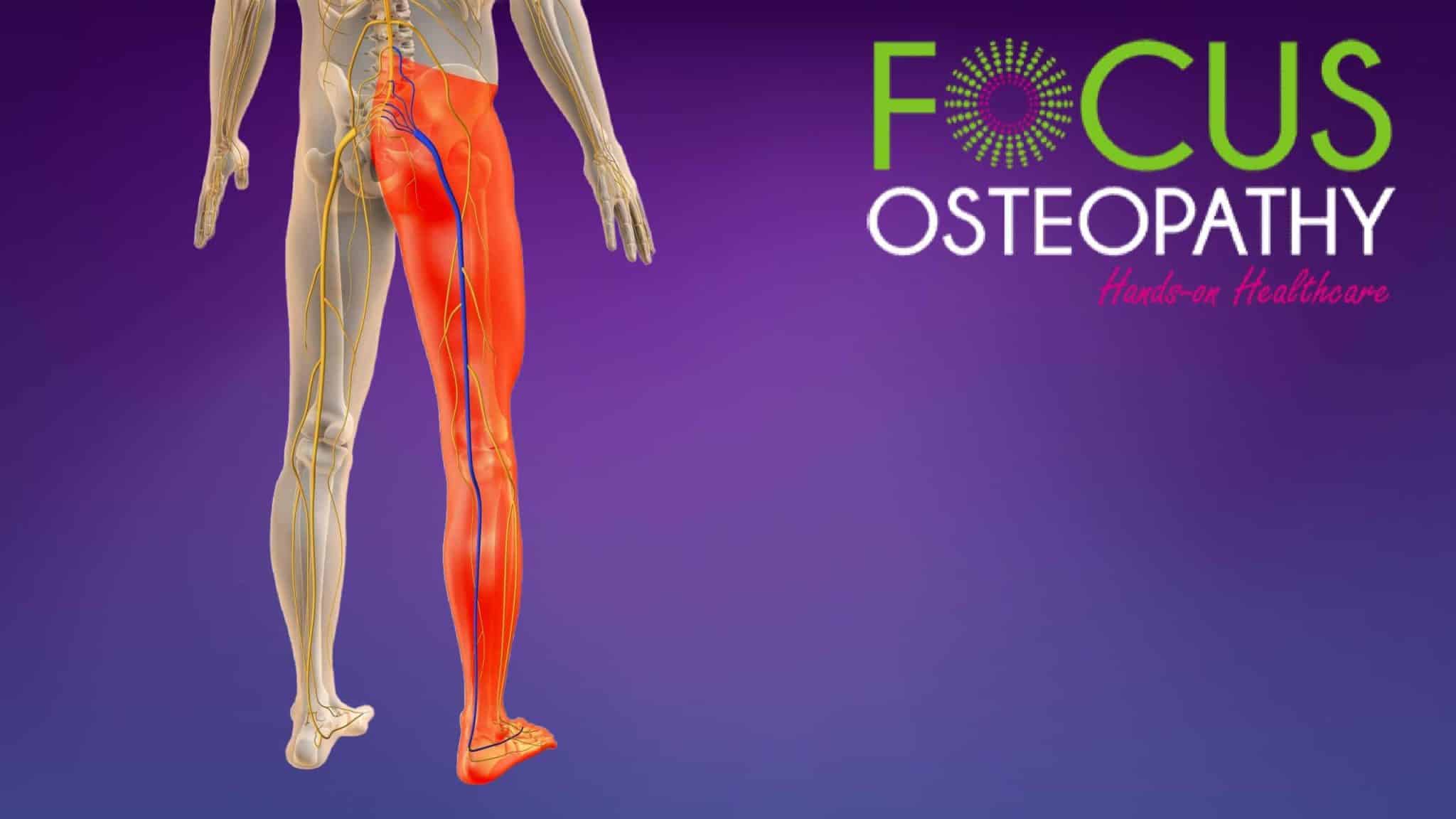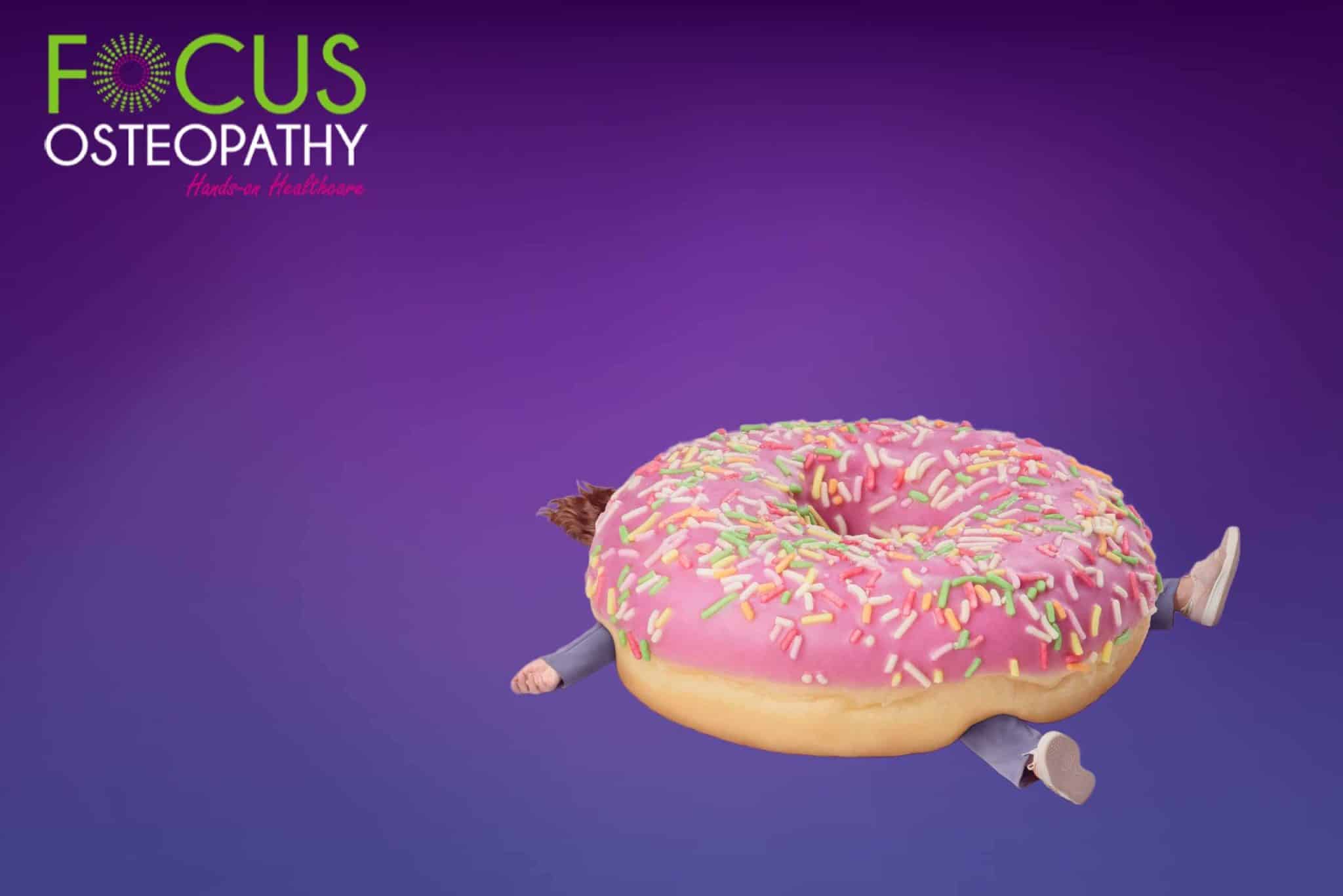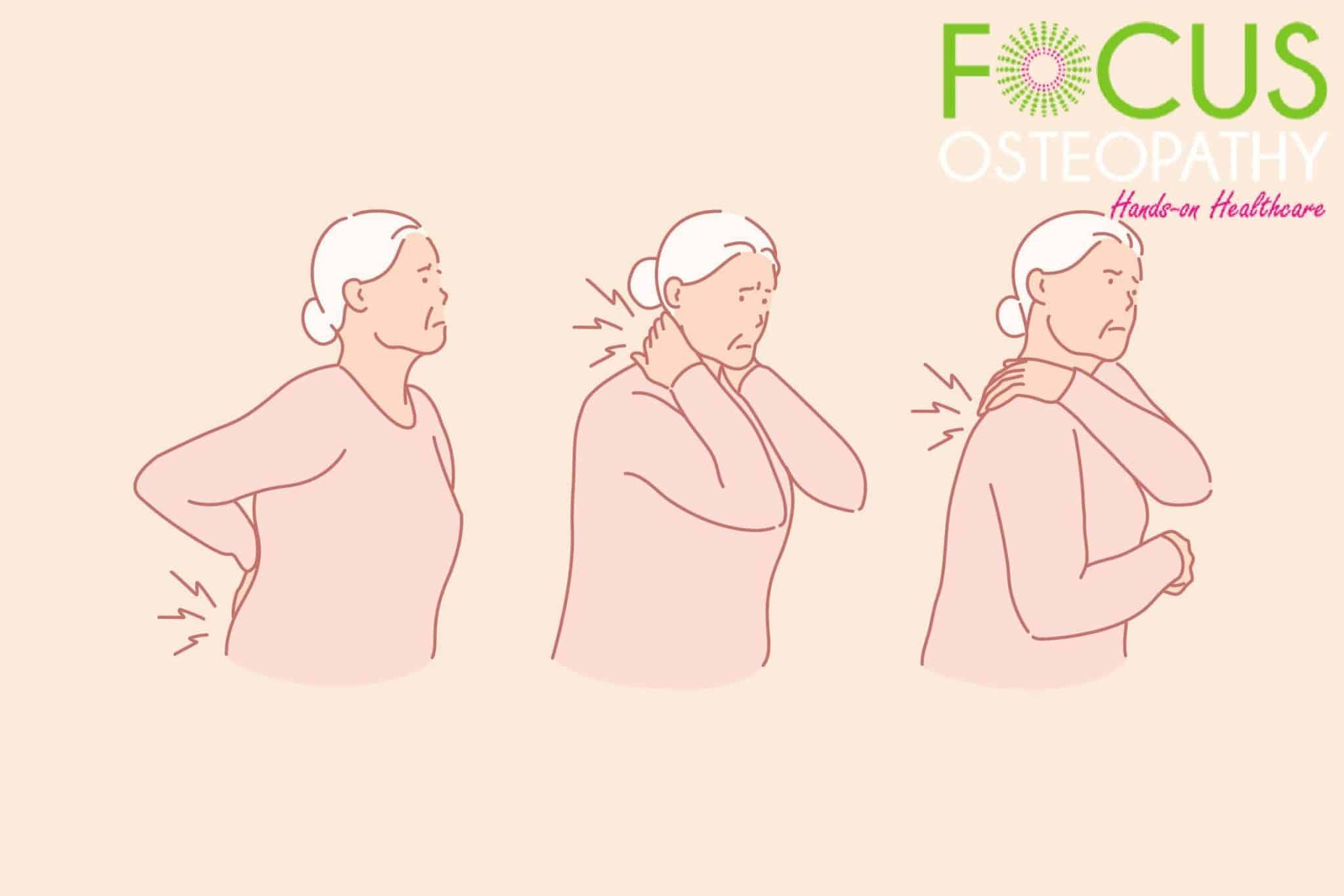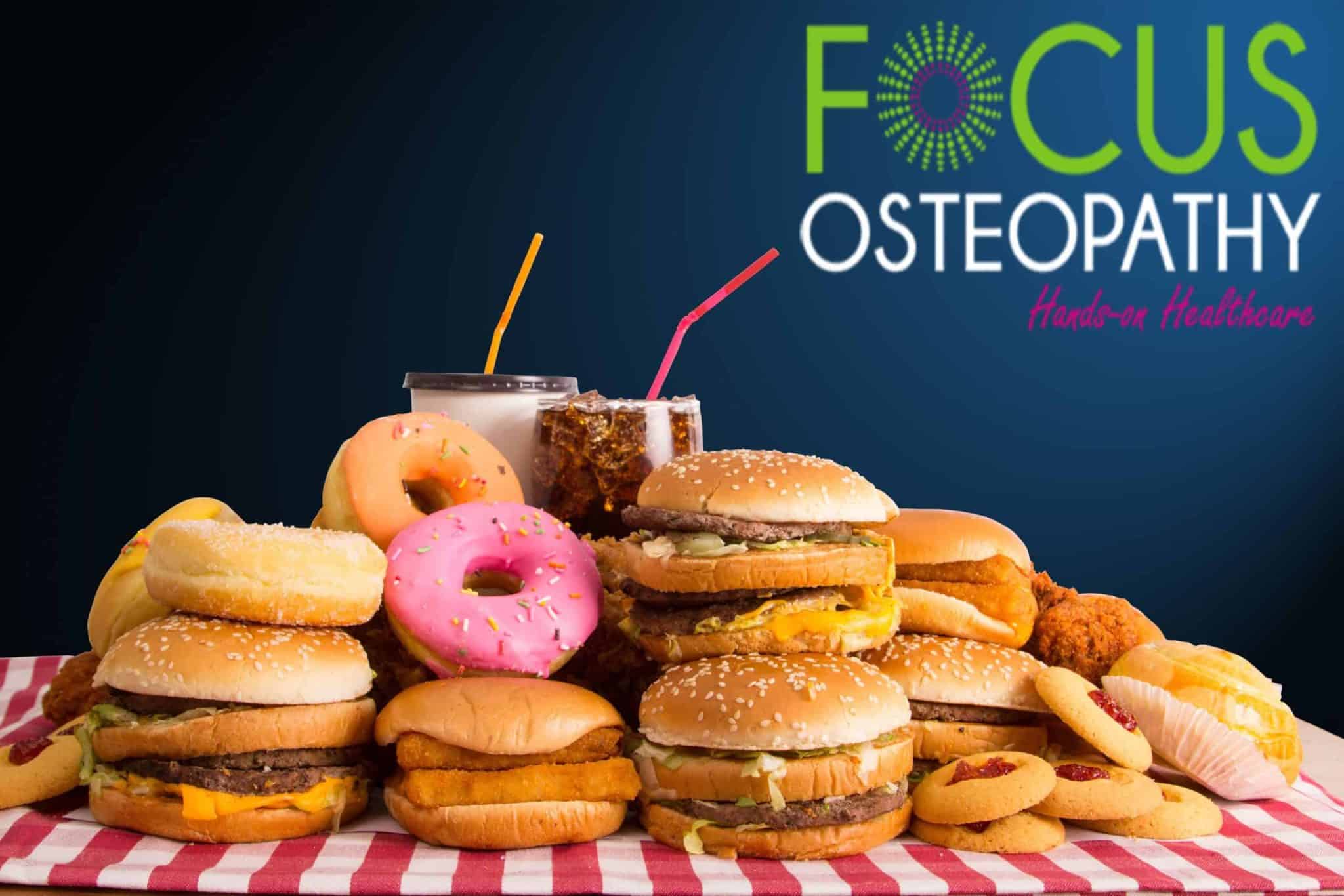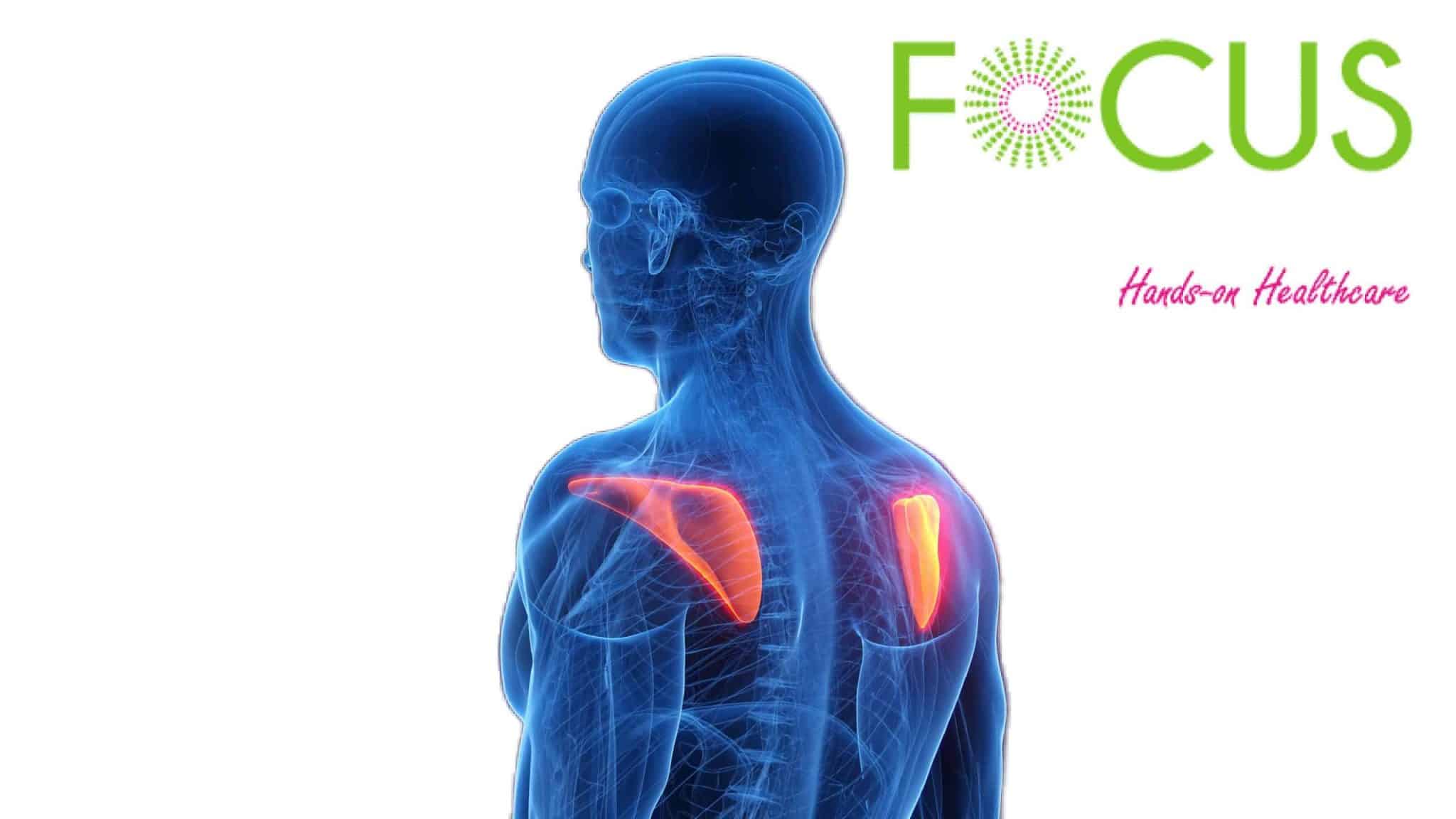Knee Pain: The Good, The Bad, and the OUCH!
Knee pain is the kind of discomfort that can turn a stroll through Mount Waverley’s Valley Reserve into an exercise in frustration rather than relaxation. Whether you’re an active soul who enjoys a good hike or someone who prefers the quiet charm of a Murrumbeena coffee shop, knee pain can put a damper on your … Read more



